Crossandra is an “Indian” beauty who has been loved by many flower growers due to her bright and long flowering. Currently, there are more than 50 different varieties of flower, however, only some of them are suitable for home cultivation. Wild crossandra can be found in the rainforests of Madagascar, Africa and India.
The plant boasts not only its lush flowering, but also decorative foliage with a shiny surface. But despite the beauty of the flower, they didn’t dare to grow it in captivity for quite some time. And only thanks to the hard work of breeders who were able to facilitate the care of the capricious crossandra, the flower began to be actively grown at home.
Content
Crossandra characterization and species diversity
Crossandra is a small genus of herbaceous plants and shrubs belonging to the Acanthus family. Representatives of the genus stand out for their bright colors of red, orange or yellow. With proper care, flowering shrubs can last almost all year round.
Tubular flowers with a two-labeled nimbus and pubescent bracts form axillary inflorescences of a spike-like shape. The length of one inflorescence can reach 15 cm.
Bright, gradually opening inflorescences of the bush appear on the tops of the shoots and resemble an asymmetrical funnel or salute. For such a resemblance, the inhabitants of Sri Lanka called Crossander the fireworks of flowers.
The result of flowering shrubs is the appearance of fruits, which are presented in the form of double-nested seed bolls. Crossandra is capable of self-sowing, which occurs immediately after the full maturation of the seed box. Opening, the box scatters its contents over a fairly large distance.
Depending on the variety, the erect, slightly branched shoots of the shrub can be green or brown-purple. Many flower growers intentionally improve the branching of the shrub with the help of pinching.
Thanks to the dark green leaves with a glossy surface and prominent veins, the plant retains its decorative appearance even in the absence of flowering. There are also variegated varieties of crossandra. The shape of the leaf plates resembles a pointed oval, on the surface of which there are rare villi.
The height of a flower growing in the wild can reach 1 m. However, undersized plant varieties are usually grown as a room crop.
Tropic yellow
Crossandra tropic yellow is a compact plant bred by American breeders. The height of the erect shoots of the bush barely reaches 25 cm. The plant blooms with lush buds of saturated yellow color. This variety is also actively grown in gardens as an annual plant.
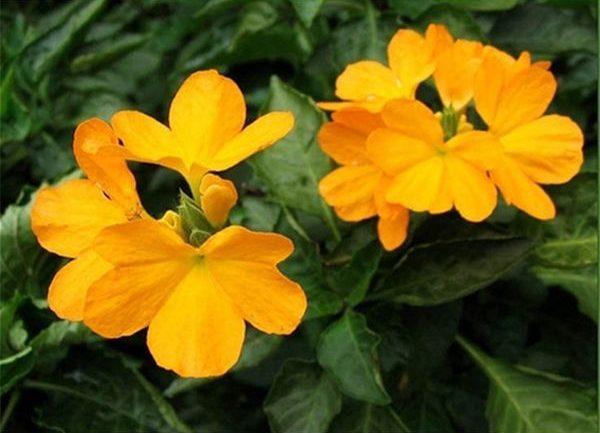
Variegate
Crossandra variegate was bred relatively recently, but has already managed to win the hearts of many gardeners. The plant differs from its relatives in a variegated color of leaves. Her green leaf plates are covered with numerous white spots and strokes that create peculiar patterns on them. The color of the buds is coral.
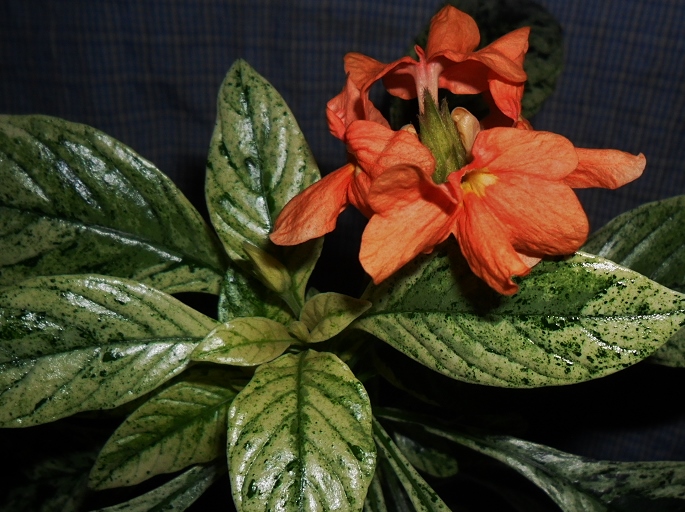
Red
Crossandra red is a shrub whose height can reach 60 cm. The flower has slightly oblong leaves of saturated green color with slightly wavy edges. The buds may have a red or pink color.
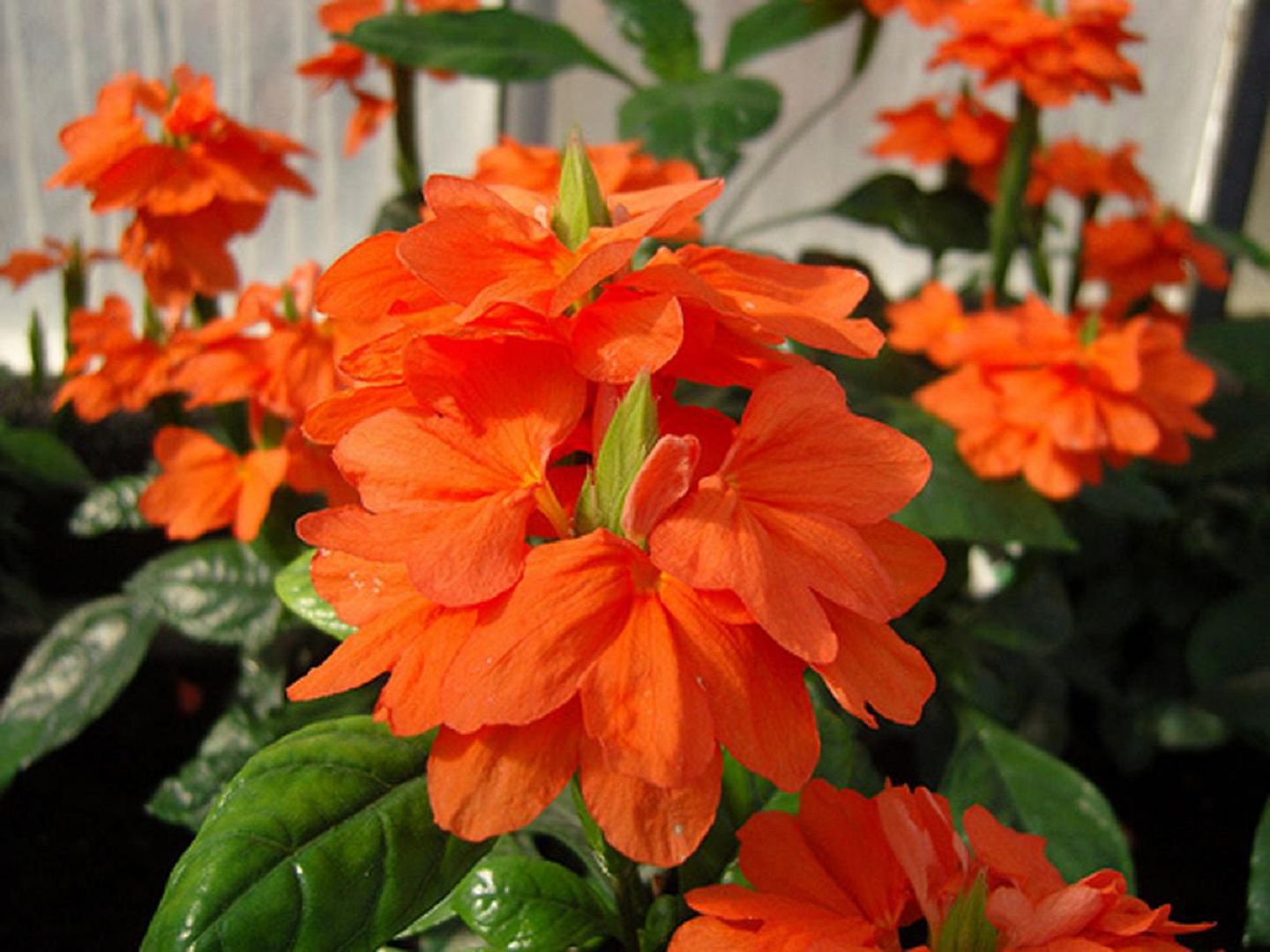
Fortune
The height of the crossandra of fortune can reach 30 cm. This variety among its relatives has the longest flowering, which is why it is very popular. The leaves of the flower are solid, saturated green. The color of the inflorescence is orange.
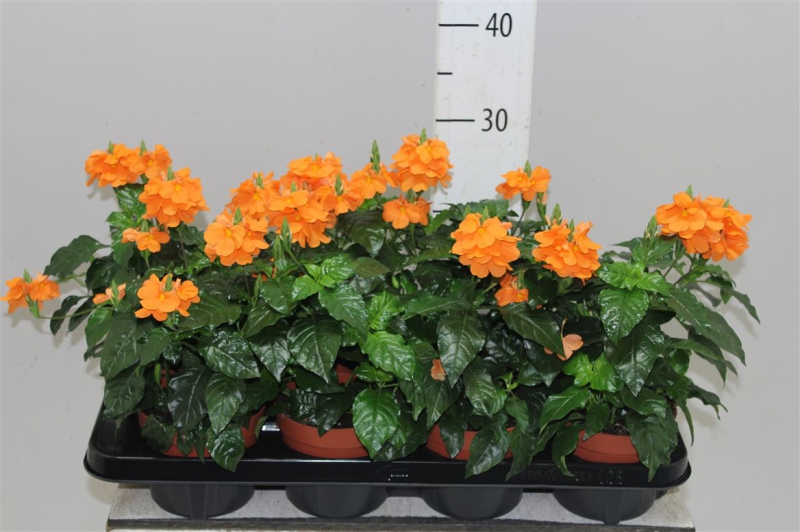
Undulate
This variety is distinguished by dense monophonic leaves with pronounced wavy edges. The species also has a second name - the funnel-shaped crossander. The inflorescences of the bush are painted in orange or scarlet color. The shrub grows rather slowly, but can reach very large sizes.
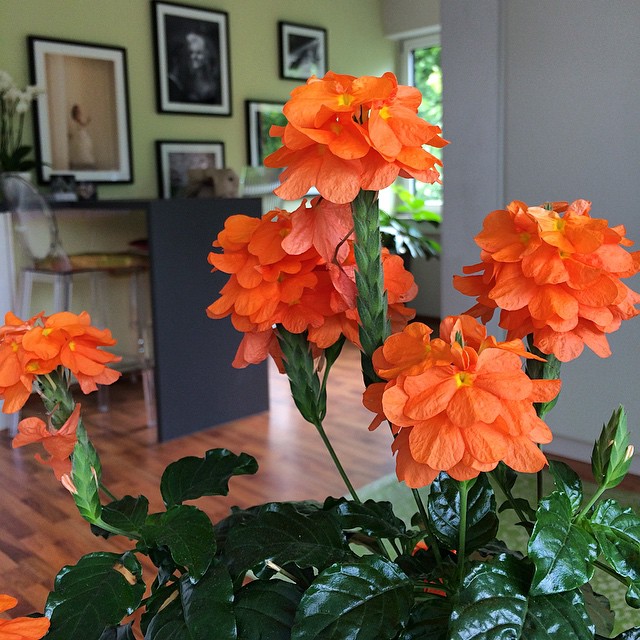
Green ice
Ecbolium, or "green ice" - is a rather exotic and rare plant, which, despite popular belief, does not belong to the genus Crossander. Ecbolium inflorescences consist of 2-3 one-day flowers of turquoise color. Glossy leaves are quite dense, rich green in color.
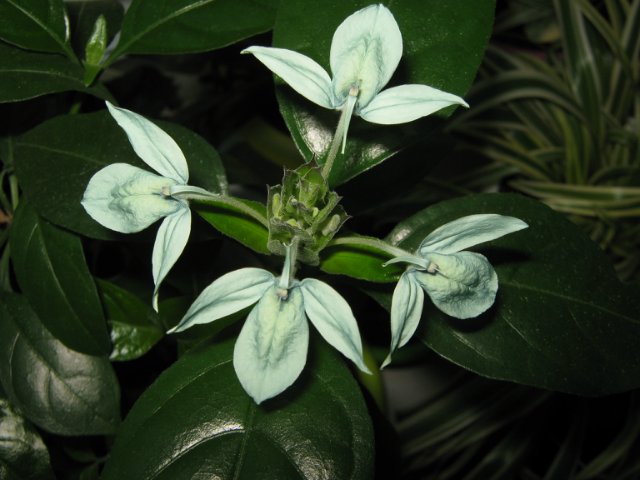
Crossandra care at home
Growing a crossander in a room and caring for it can seem a rather complicated and time-consuming task. However, the exact observance of all the recommendations of agricultural technology will help to grow a flowering decorative culture without any difficulties.
Watering and feeding
Watering plays an important role in maintaining a decorative crop. Crossandra is equally resistant to both excessive watering and drought, so it is important to adhere to the "golden mean". In the summer, gardeners recommend watering the plant abundantly, but only after the topsoil has dried.
Crossandra does not tolerate dry indoor air and needs regular spraying. However, only the green mass of the shrub can be sprayed, avoiding even a drop of water falling on its inflorescences. In a particularly dry period, the plant is recommended to be sprayed twice a day.
For watering and spraying, it is recommended to take well-defended water, the temperature of which coincides with room temperature. During flowering, the shrub needs regular fertilizing with complex fertilizers for flowering ornamental crops. Fertilizer must be applied once every 7 days.
Lighting and temperature
Like most flowering crops, crossander is recommended to be kept in a well-lit place. The brightness and duration of flowering depend on the amount of light that the shrub receives. However, direct sunlight on the flower is undesirable, as this can cause burns.
Crossander is not as demanding on temperature as on lighting. Standard room temperature will be the optimum temperature for the maintenance of shrubs. The content of the flower in the room is allowed, the air temperature in which is in the range of 18-28 °. But it is worth considering that the plant does not tolerate temperature extremes and drafts.
Pruning
Crossandra stems are quite branched, but over time they begin to stretch and expose, which is poorly reflected in the appearance of the flower.You can save the decorative appearance of the plant and increase its bushiness by regularly pinching the top of the shoots.
It is recommended to carry out the pruning procedure before the period of active vegetation. The best time for pruning is early spring. During pruning, the length of the shoots is halved.
Using pruning, you can also extend the flowering of the bush. If you cut the spikelet, as soon as its top fades, the plant will release a new peduncle.
Pests and diseases
Failure to comply with all basic recommendations during flower care leads to its defeat by various diseases and pests.
Excessive watering and stagnation of moisture in the soil can trigger the appearance of a fungal disease called root rot. The disease affects the root system of the flower and manifests itself in the form of yellowing of leaves, which later darken and fall.
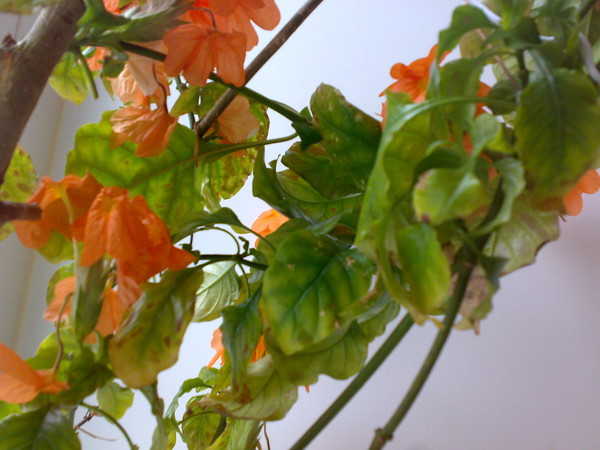
A plant can be saved only if the rot has affected only a small part of its roots. Removing all affected areas, replanting a bush in a new soil and treating it with a fungicide solution will help get rid of a disease that has been noticed in a timely manner.
Pale or whitish leaves with redness along the veins are a sign of chlorosis. Spraying the bush with antichlorosine until the appearance of new leaves will help restore the decorativeness of the culture.
Crossandra is also attacked by various insects, including a spider mite, whitefly, aphid and mealybug. Processing the bush with insecticides will help solve the problem.
Transfer
Mature crossandra does not tolerate change, so you should not abuse the transplant. The plant is recommended to transplant only after its root system fills the entire capacity of the pot. But young specimens need an annual transplant. Florists recommend replanting a plant in the spring using the method of transshipment.
Each subsequent pot should be only a few centimeters larger than the previous one, since too much capacity will retain water in itself, which will negatively affect the plant's health.
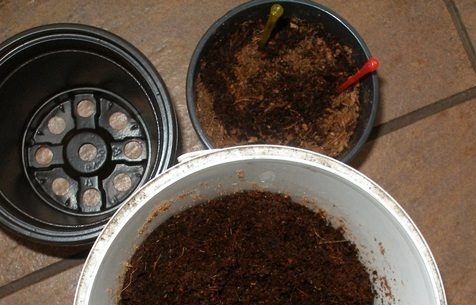
Transplant Algorithm:
- At the bottom of the pot lay a drainage layer of expanded clay, pebbles or small gravel.
- Lay a layer of soil on top of the drain.
- Carefully remove the flower from the container, preserving the old clod of earth as much as possible.
- Remove any rotten and spoiled roots, if any.
- Put the plant in a new pot.
- Fill the voids of the pot with soil and condense it around the plant without touching the roots.
- Moisten the soil and spray the ground of the flower.
Growing crossander from seeds at home
Crossander seeds are characterized by good germination, however, despite this, flower growers rarely give preference to this method of propagation of the bush. The fact is that when choosing a seed method of reproduction, there is no guarantee that the new plant will possess the qualities of a mother flower.
This is especially true for hybrid varieties of plants, such as crossandra tropic yellow, since its cultivation from seeds will never bring the desired result. Hybrid specimens must be propagated exclusively in the vegetative way.
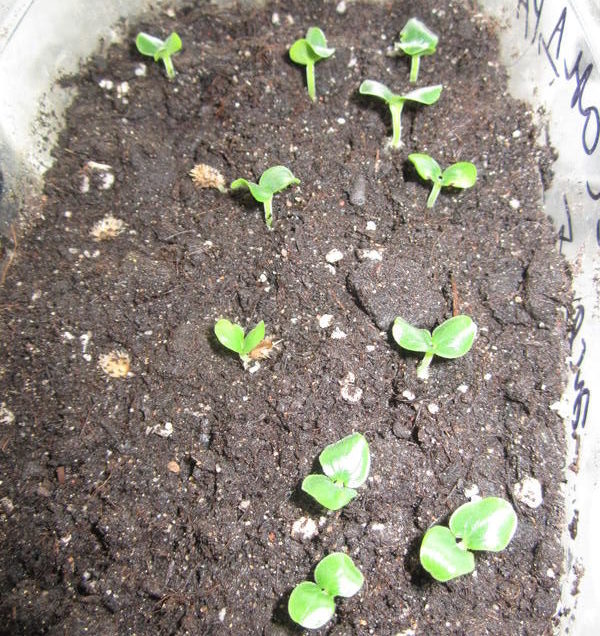
As a planting material, you can use both purchased and freshly picked seeds. Before planting, purchased seeds must be treated with a germination stimulant solution or immersed in warm water for several hours. Such manipulation will improve the further germination of seeds. Freshly harvested seeds do not need additional processing.
Seeds recommended to sow in a substrate of peat and sand, taken in equal quantities. Also, coconut fiber can be added to the soil mixture for better breathability. As a container for sowing seeds, you can use plastic containers or heated greenhouses.
The sequence of propagating crossandra using seeds:
- Fill a pre-prepared container with an earthen substrate and moisten it.
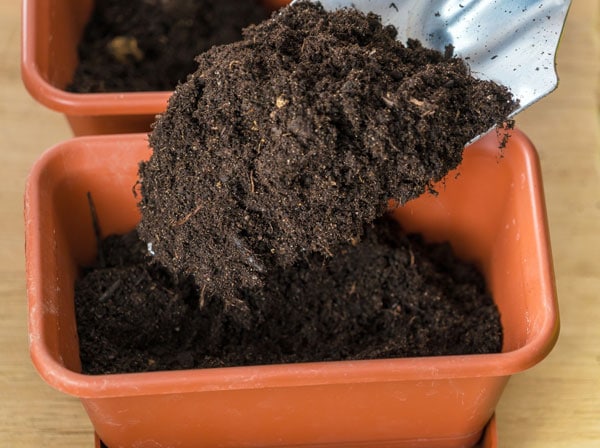
Substrate preparation - Sow the seeds on the surface of the nutrient substrate, only slightly deepening them into the soil.
- Cover the crops with plastic wrap to create greenhouse conditions.
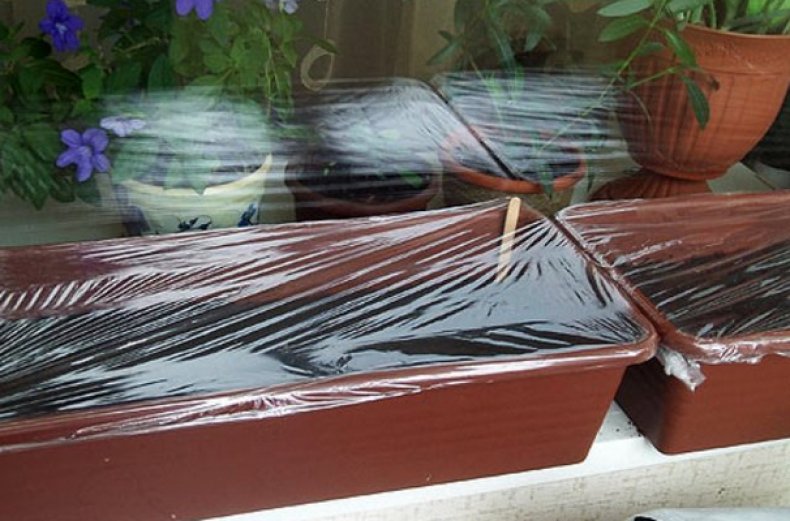
Creating greenhouse conditions - Place the seed container in a warm place in which the air temperature does not drop below 22 °.
With regular moistening of the earthen substrate and daily ventilation, the seeds will give the first seedlings after 2-3 weeks. After 2 leaflets appear on the shoots, they can be dived into separate containers. After 30 days, young, mature plants can be transplanted into permanent pots by transshipment.
Common Indoor Growing Questions
Crossandra is a rather capricious plant, the care of which requires certain knowledge and skills from the grower, therefore raises a lot of questions:
Crossandra is a beautifully flowering decorative culture that fits perfectly into any interior. And even the capricious nature of a tropical beauty does not prevent gardeners from successfully growing her at home.

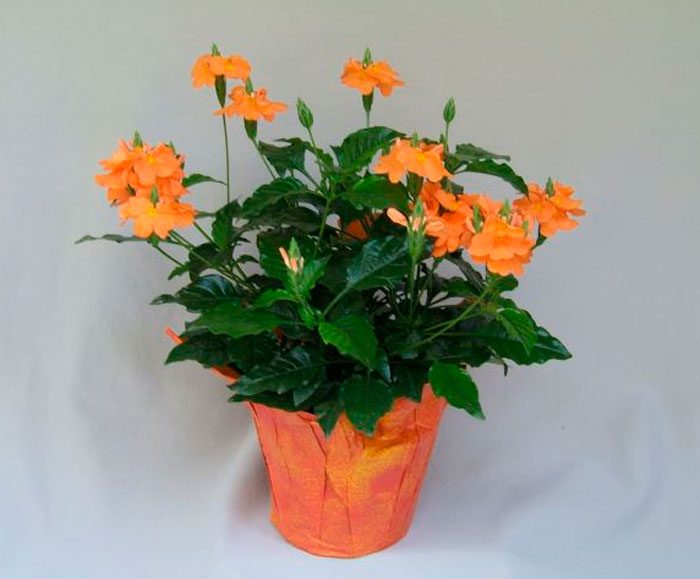
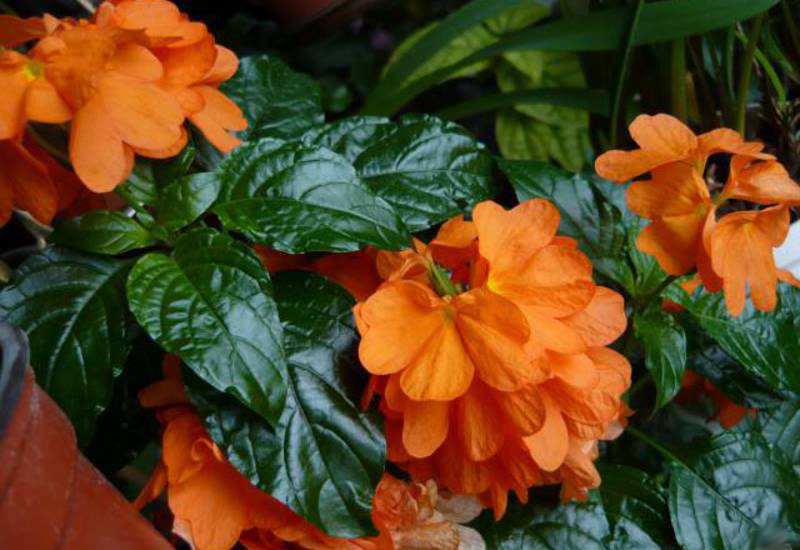
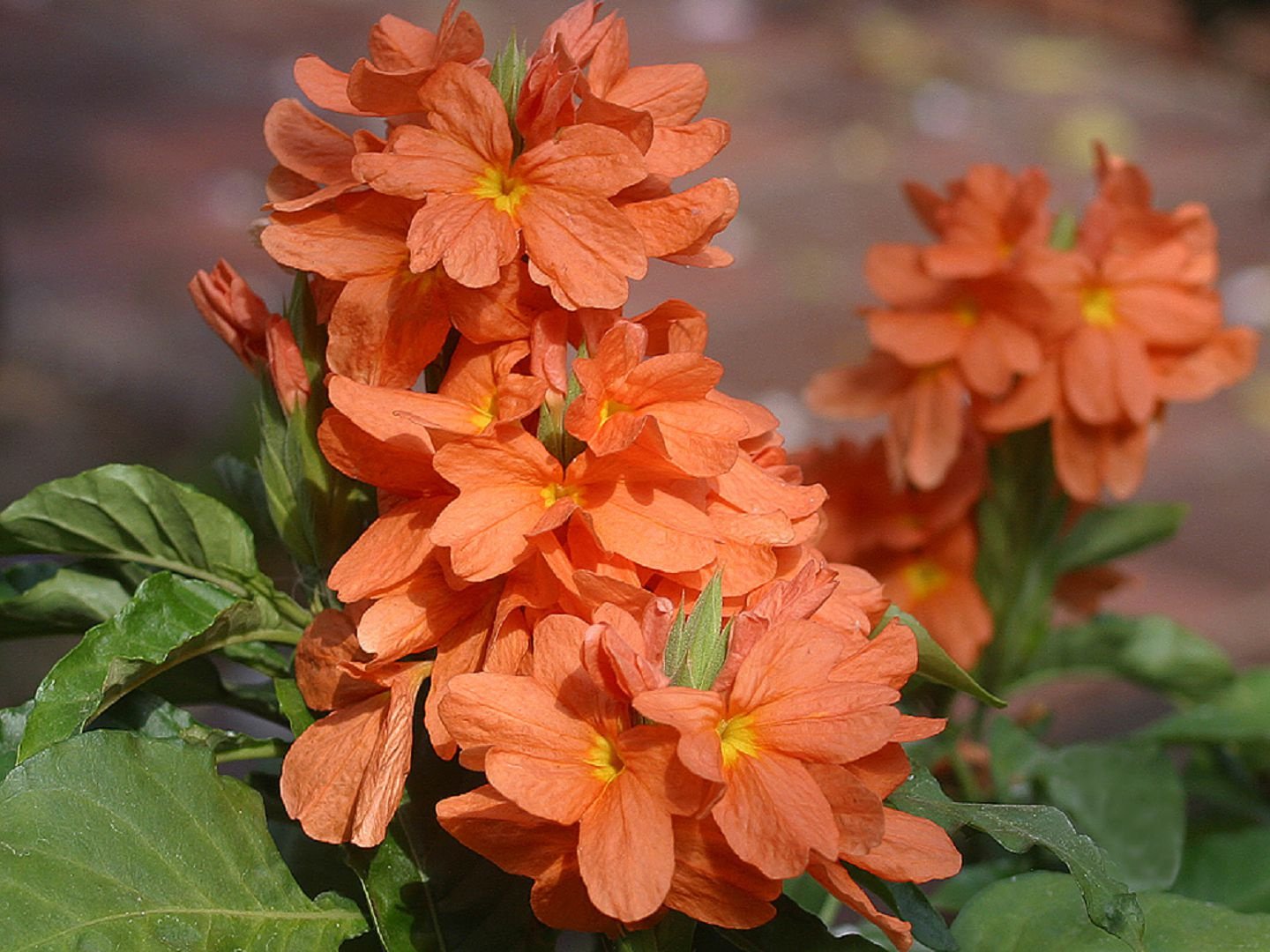
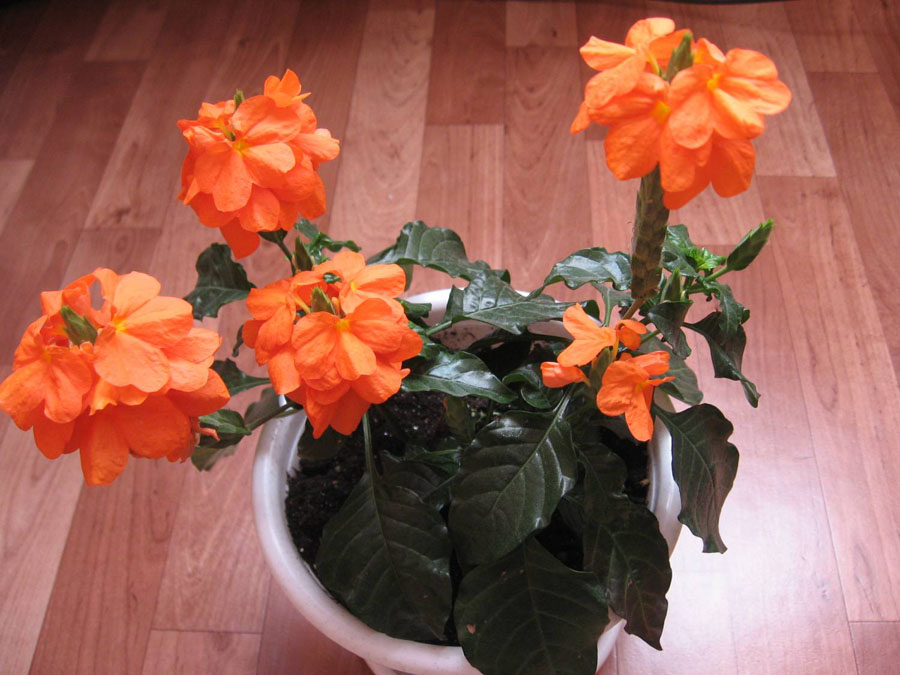
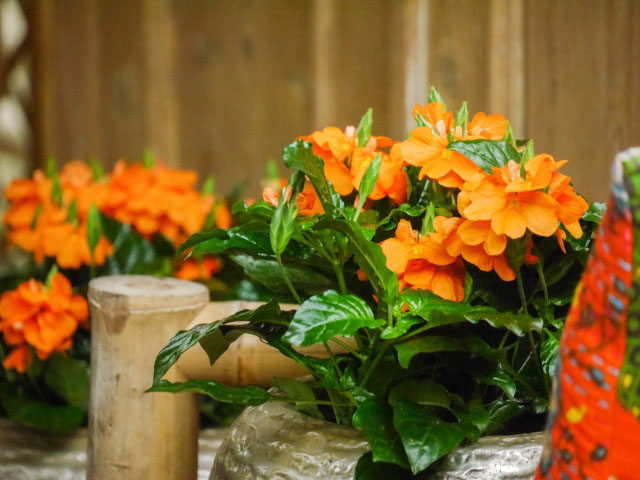
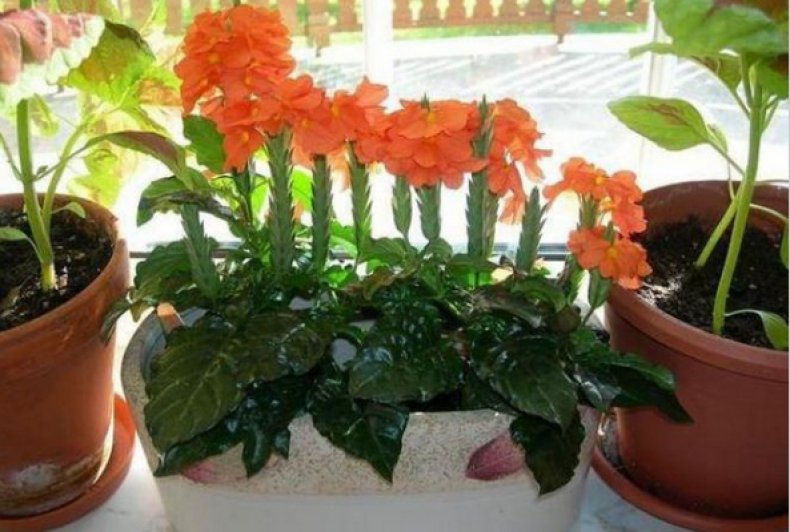



 10 beautiful annuals that bloom all summer
10 beautiful annuals that bloom all summer Sow in the ground, without seedlings: 10 beautiful and unpretentious flowers
Sow in the ground, without seedlings: 10 beautiful and unpretentious flowers Platicodon planting and outdoor care
Platicodon planting and outdoor care Hosta - planting and care in the open ground in the Urals
Hosta - planting and care in the open ground in the Urals